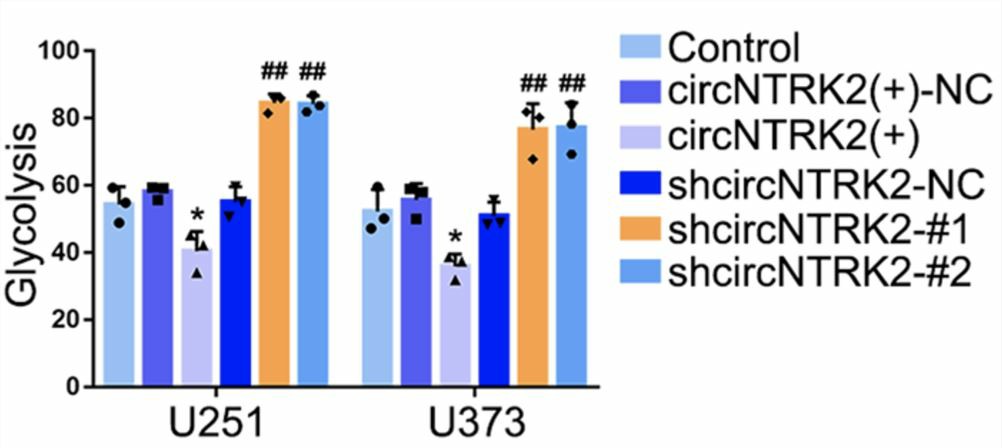NTRK2 and Associated Diseases
With highly skilled technical staff and cutting-edge platforms, Creative Biolabs can offer superior customer support in the area of gene therapy and recommend the optimal research plans for your project.
Overview of NTRK2
In humans, the neurotrophic receptor tyrosine kinase 2 (NTRK2, also known as tropomyosin receptor kinase B, TrkB) is a protein encoded by the NTRK2 gene. NTRK2 is a member of the neurotrophic tyrosine receptor kinase family and functions as a membrane-bound receptor with intracellular tyrosine kinase activity. NTRK2 has high-affinity catalytic receptors for several neurotrophins such as BDNF, NTRK2 can phosphorylate itself and members of the MAPK pathway and induce cell survival and differentiation when BDNF is binding. BDNF-NTRK2 signal pathway is also necessary for correct astrocyte morphogenesis and maturation in the normal developmental process of CNS.
NTRK2 in Disease
Mutations in NTRK2 have been associated with obesity, cancer, coronary artery disease, and neurodegenerative disorders such as Alzheimer's disease. Besides, ectopic expression of circNTRK2 is related to glioblastoma multiforme.
- Coronary artery disease
NTRK2 is related to the development of coronary artery disease (CAD). CAD, with typical characteristics of endothelial dysfunction, is the leading cause of death worldwide. Mutants of the NTRK2 gene are significantly associated with an increased risk for CAD. NTRK2 expression is found in the aortic endothelium of both humans and ApoE–/– mice with atherosclerotic lesions. Knockdown of NTRK2 results in vascular leakage in the aortic endothelium of ApoE–/– mice, which means NTRK2 protects endothelial integrity. Activation of NTRK2 can increase the expression of VE-cadherin and attenuate the endothelial hyperpermeability caused by proatherosclerotic factors in human vascular endothelial cells. In summary, NTRK2 plays a protective role in the development of CAD.
- Glioblastoma multiforme
MBNL1/circNTRK2/PAX5 axis is critical in regulating glioblastoma multiforme (GBM) glycolysis. In the human central nervous system, GBM is the most common tumor and aerobic glycolysis is strongly linked to tumor development and malignant behavior. In GBM, glycolysis is inhibited by the downregulated MBNL1 and circNTRK2 and promoted by the upregulated PAX5. Combining PAX5 knockdown with the overexpression of MBNL1 and circNTRK2 substantially prevented the growth of GBM xenograft tumors and significantly increased the lifespan of orthotopic nude mice. Taken together, the MBNL1/circNTRK2/PAX5 axis provides an alternative strategy for the treatment of GBM.
 Fig.1 Overexpression of circNTRK2 can promote glycolysis whereas knockdown of circNTRK2 will inhibit glycolysis in GBM cell lines. (Zhao, 2022)
Fig.1 Overexpression of circNTRK2 can promote glycolysis whereas knockdown of circNTRK2 will inhibit glycolysis in GBM cell lines. (Zhao, 2022)
As a leading provider of biotech services, Creative Biolabs can offer our customers the most comprehensive and well-defined gene therapy services. All of the planned strategies are carried out by skilled professionals using cutting-edge methods. Please feel free to contact us for more details about your NTRK2 project.
Reference
- Zhao, Y.; et al. The MBNL1/circNTRK2/PAX5 pathway regulates aerobic glycolysis in glioblastoma cells by encoding a novel protein NTRK2-243aa. Cell Death Dis. 2022, 13: 767. Distributed under Open Access license CC BY 4.0, without modification.
